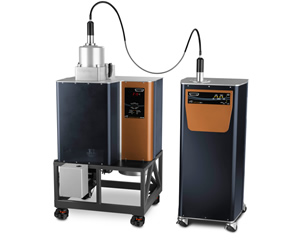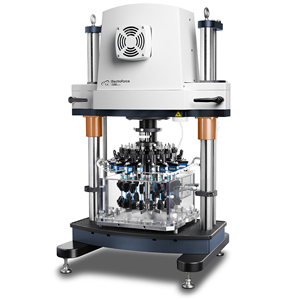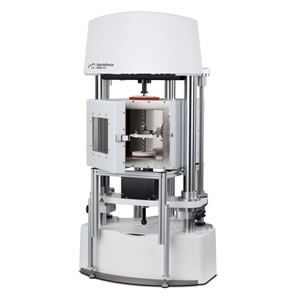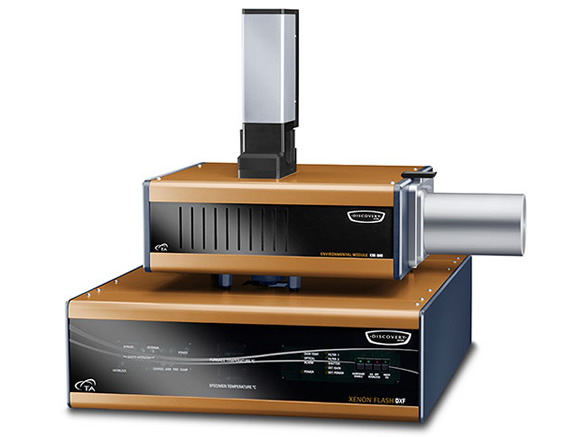DLF 1600
Discovery Laser Flash DLF 1600’s source module is a freestanding unit employing a custom Class 1 35 J Nd:Glass laser pulse source. It provides a collimated, monochromatic energy pulse to specimens heated up to the temperature of 1600°C. The laser radiation is delivered via a proprietary fiber optic delivery wand which ensures a 99% homogenized laser pulse. Leading to much more accurate measurements than any direct firing laser pulse instruments. The laser source produces a 300 µs to 400 µs pulse width.











